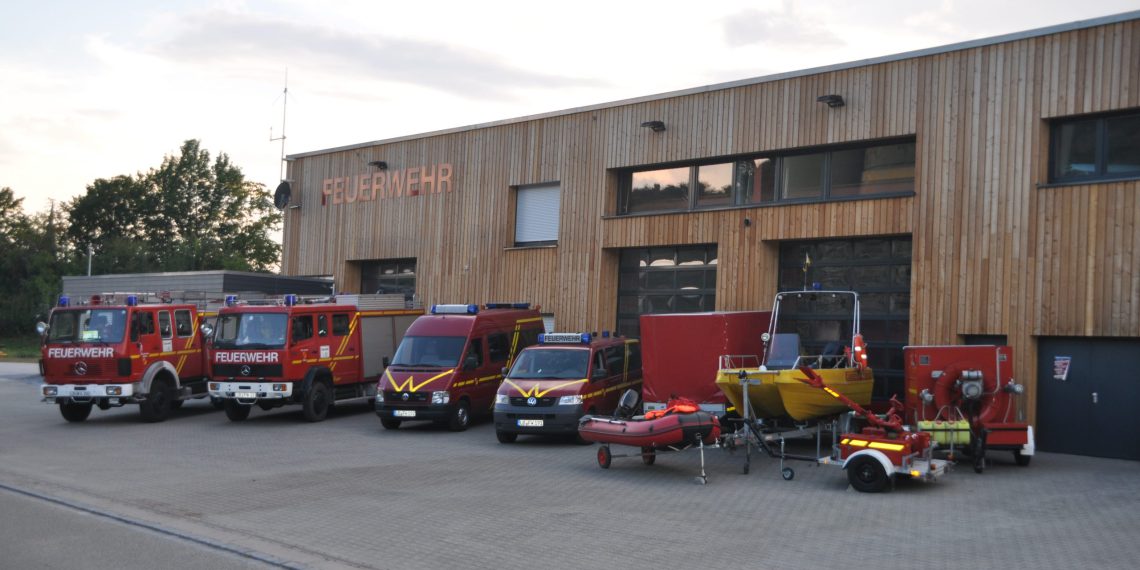The Walheim fire department is making an investment for the future by modernizing with regeneratively generated electricity. During the renovation of the station, a power storage system from E3/DC was installed, which, thanks to its energetically advantageous properties, finances itself and is easy on the municipal purse. The project thus impressively demonstrates what an optimized emergency power supply in fire department buildings can look like.
For the administrative computer technology, numerous firefighting devices or even for opening the electrical hall doors, the operational fire station needs a continuous power supply — especially in the event of a disaster. In order to guarantee the acute load of 3 to 4 kW in such moments, the new S10E house power plant from E3/DC with 10 kWh storage volume steps in. The intelligent control technology maintains the backup power supply (NEA) for several hours. However, the old technology is not completely dispensed with. In the event of longer outages, the proven 85 kW diesel emergency generator can supply the required electrical energy.
In addition to the acute load, the modern power storage technology from E3/DC also scores points in everyday use. The battery storage provides the buffer for the also new photovoltaic system with 9.6 kWp output. The regeneratively generated electricity is required, among other things, for the building heating, which is ensured by a heat pump. In addition, two electric heating rods feed the 800-liter domestic hot water tank.
“The new power supply with photovoltaic system and electricity storage from E3/DC is profitable, compliant with regulations and climate-friendly,” says fire department commander Marko Horvath.
“The investment will quickly pay for itself.”
- Manuel Schmid, managing director of Blasenbrei & Schader Solar GmbH & Co. KG
In the first year alone, nearly 9,917 kW, or about 45% of the total energy demand, could be used or fed from own generation. In addition, the storage costs for fuel storage are eliminated and there is still enough space on the roof of the fire department for further photovoltaic systems. All those involved agree: a classic win-win situation for the municipality, the fire department, the population and last but not least: climate protection.

















